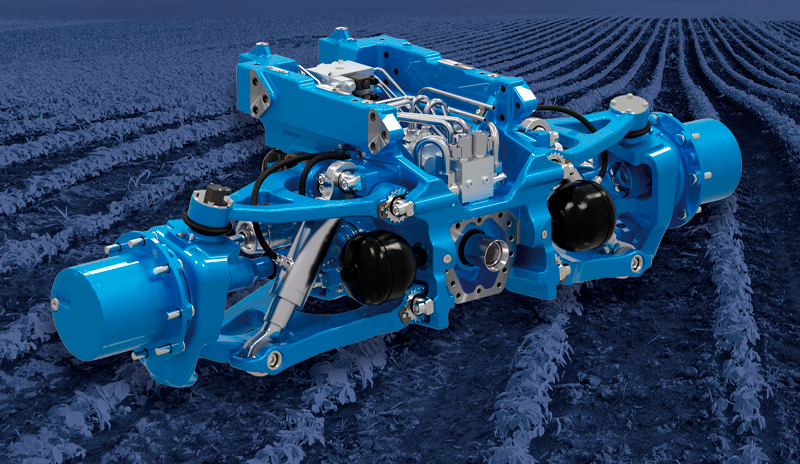Powering the next generation of off-highway suspension design
Design process integration of an independent suspension axle for off-highway vehicles
Newsletter EnginSoft Year 18 n°2
By Alessandro Benevelli and Federico Bavaresco | DANA Incorporated
Andrea Fornaciari | University of Modena and Reggio Emilia
Alessandro Benevelli is a System Solution Engineer at Dana Incorporated (in Reggio Emilia, Italy) and Federico Bavaresco is an Axle Lead Engineer at Dana Incorporated (in Arco, Italy).



